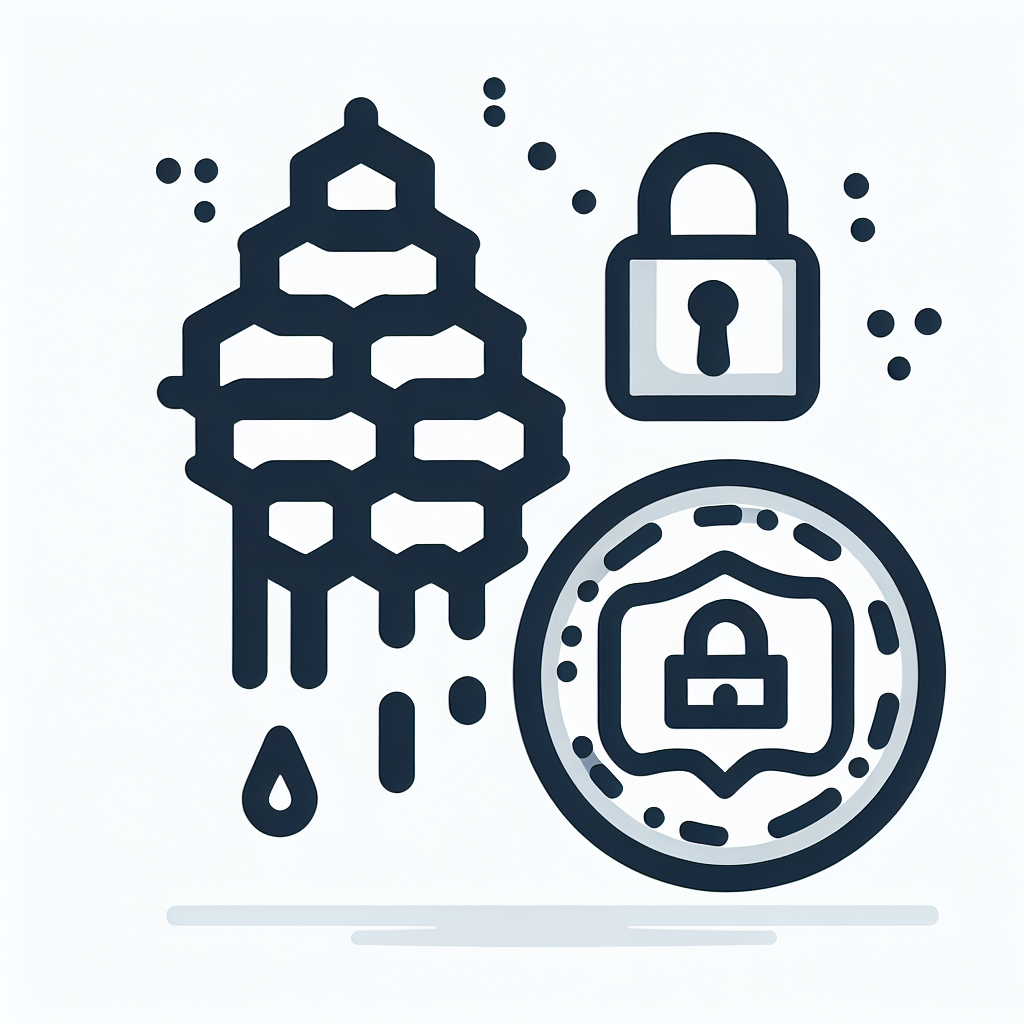
Honey tokens are small decoy objects placed inside systems to detect unauthorized access. They’re designed so legitimate users never touch them—any interaction is a high-confidence alert. This guide answers common questions security teams ask about types, placement, and response. Read on for practical steps you can use right away.

Short answer: a honey token is a falsified data item placed to reveal unauthorized access. Typical forms include fake credentials, decoy files, or bogus API keys. Because legitimate processes shouldn’t use them, any access is suspicious and triggers monitoring. Tokens are lighter and simpler than full honeypots and can be deployed widely. They’re effective at shortening detection time for breaches.
They work as tripwires: tokens are instrumented so any read, use, or authentication attempt generates an alert. Monitoring routes events to SIEMs, email, or automated playbooks for fast response. The key is to place tokens where attackers look but normal users don’t. Alerts are high-fidelity because benign activity rarely touches tokens. That focused signal helps teams act quickly.
Place them where attackers are likely to search: configuration files, nonproduction repositories, cloud buckets, or hidden database rows. Avoid locations touched by cron jobs, automated scans, or routine admin tasks to reduce false positives. Distribute tokens across both perimeter and internal systems to catch external probes and lateral movement. Keep a documented inventory so legitimate operations don’t accidentally trigger them. Rotate placements after major infrastructure changes.
Common types include credential tokens, decoy documents, API keys, database rows, email addresses, and DNS names. Each type maps to different attacker behaviors—credentials catch authentication attempts, documents flag exfiltration, and DNS tokens reveal reconnaissance. Use a mix to broaden coverage across the attack lifecycle. Keep tokens realistic but unique so monitoring can tie activity back to a specific token. Simple tokens often deliver the best return on effort.
Yes. Tokens planted in sensitive folders or admin areas will flag unauthorized internal access. Since regular staff don’t need to touch these decoys, any access by an internal account is highly suspicious. Tokens provide clear leads without sifting through noisy logs, making investigations faster. Combine tokens with access reviews and least-privilege policies for stronger insider threat controls. Use audit trails to build cases when necessary.
Honey tokens are discrete data artifacts that alert on interaction; honeypots are full fake environments that engage attackers over time. Tokens are cheaper to deploy, easier to manage, and produce precise alerts; honeypots provide richer forensic data but need ongoing maintenance and tuning. Both are complementary: tokens for broad detection, honeypots for deep intelligence. Choose based on team capacity and investigative needs.
False positives usually come from tokens placed where legitimate processes or admins interact. To avoid them, document token locations, exclude service accounts from token monitoring, and pick obscure names that blend in. Tune alert thresholds and correlate token alerts with other telemetry before escalation. Regular audits and a playbook for triage keep false positives manageable. Low noise ensures responders treat real alerts seriously.
Treat token alerts as high-priority: isolate the affected host or account, collect forensic logs, and trace lateral movement. Integrate token alerts into your SIEM and incident response runbooks so actions are consistent and fast. Preserve evidence and map the attacker’s steps for remediation. If other signals align (network anomalies, suspicious processes), escalate immediately. Post-incident, update token placements and playbooks based on findings.
Generally low risk, because tokens are passive decoys that don’t actively entrap users. Still, coordinate with legal and privacy teams if tokens collect IP addresses, geolocation, or personal data. Avoid deceptive methods that could be construed as surveillance in certain jurisdictions. Document governance, retention, and escalation policies to limit liability. Review compliance frameworks relevant to your region before broad deployment.
Track metrics like token-triggered incidents, mean time to detection, and false-positive rate. Monitor how often tokens are touched and whether those touches correlate to larger events. Use these insights to adjust placement, types, and alerting thresholds. Report trends to stakeholders to justify continued investment. Over time, effective tokens shorten detection windows and improve forensic context.
There are both open-source and commercial token services that simplify creation, distribution, and alerting. These tools centralize token management and feed alerts into SIEMs or ticketing systems for easier triage. For small teams, simple scripts and existing logging pipelines can work fine. Whichever path you choose, ensure tokens are integrated into your monitoring and incident response workflows. Tooling reduces operational overhead and speeds detection.
In cloud environments, tokens are useful for spotting exposed buckets, leaked keys, or misconfigured services. Place fake API keys in repositories, seed storage with decoy files, or add phantom DB entries to detect unauthorized queries. Cloud monitoring can attribute token activity to service accounts or IP ranges, aiding investigations. Combine tokens with configuration scanning to catch mistakes before they become breaches. They’re a practical, low-cost guard against common cloud risks.
Further reading and tools: Palisade honey token resources
Published by Palisade — practical guidance for defenders. Original source: https://www.huntress.com/cybersecurity-101/topic/what-is-honey-token